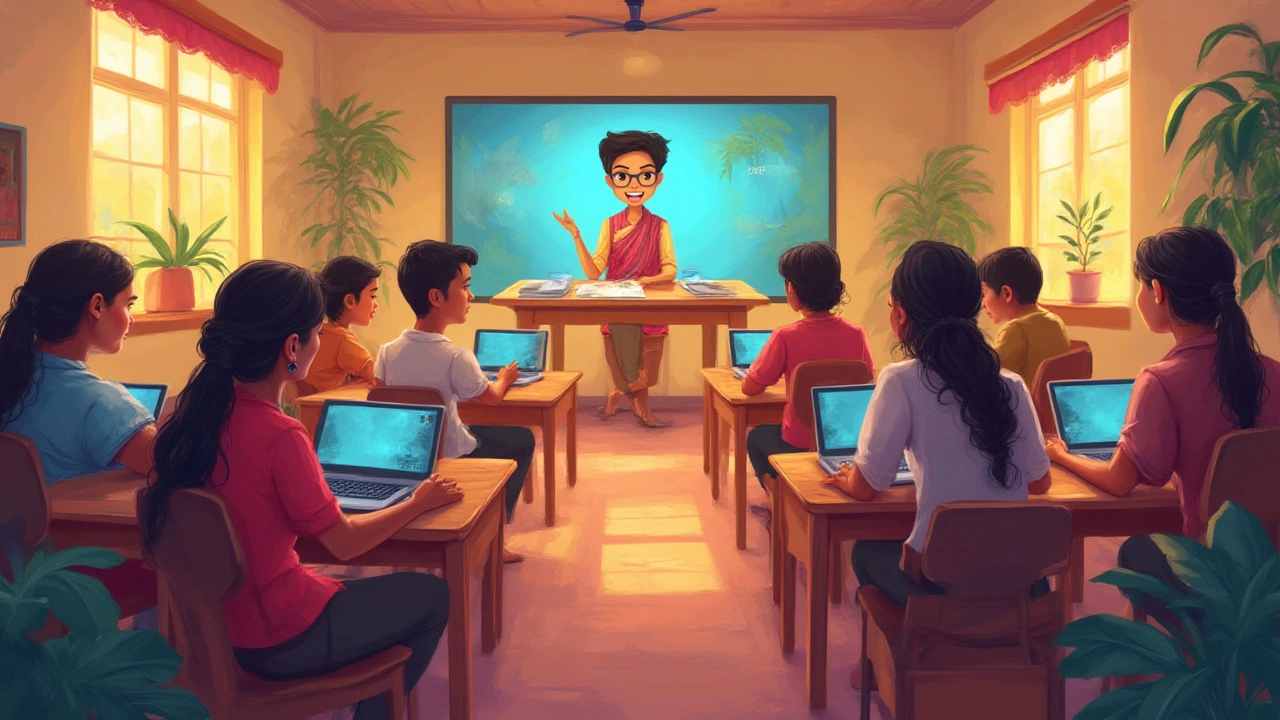Synchronous Learning: What It Is and How It Works in Online Education
When you join a live Zoom class with your teacher and classmates, you’re experiencing synchronous learning, a form of education where students and instructors interact in real time, at the same moment. Also known as real-time education, it’s the digital version of sitting in a physical classroom—except you’re at home, on your phone, or in a coffee shop. This isn’t just about watching a video. It’s about asking questions, getting immediate answers, and feeling like you’re part of a group—even if you’re thousands of miles apart.
Synchronous learning relies on tools like video conferencing, live chat, and shared whiteboards. These are the same tools used by companies for remote meetings, but here, they’re built for teaching. Think of it as the backbone of many online degrees, teacher training programs, and even corporate onboarding. It’s what makes a virtual B.Ed course feel real, not just recorded lectures you watch alone at midnight. And while some people think online learning means going at your own pace, that’s actually asynchronous learning. Synchronous learning keeps you on schedule, keeps you accountable, and keeps the conversation going.
It’s not perfect. You need good internet. You need to show up on time. You can’t pause the lecture if your kid interrupts. But for many learners, especially in India where structured guidance matters, that structure is the difference between finishing a course and quitting halfway. The posts below show how this kind of learning connects to real outcomes—like how a digital platform needs live interaction to keep students engaged, why some online courses pay better because they include live mentorship, and how JEE aspirants benefit from scheduled group study sessions that feel like a classroom. Whether you’re studying for NEET, learning to code, or training to become a teacher, synchronous learning gives you the human touch that algorithms can’t replicate.
What you’ll find here aren’t just definitions. You’ll see how real people use live learning to get jobs, pass exams, and build skills faster than they ever could alone. No fluff. Just what works.

The Three Main Types of eLearning Explained: Synchronous, Asynchronous & Blended Learning
Jul 5, 2025 / 0 Comments
Discover the three main types of eLearning—synchronous, asynchronous, and blended learning. Learn how each works, their pros and cons, and tips to maximize your success.
READ MORE